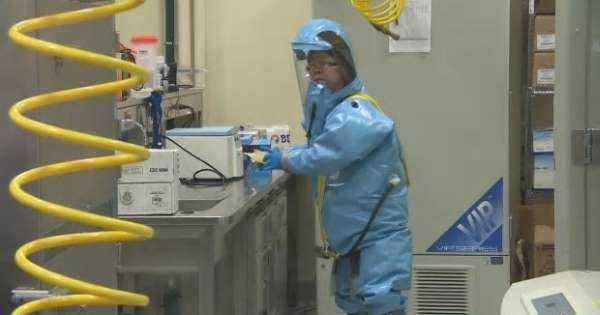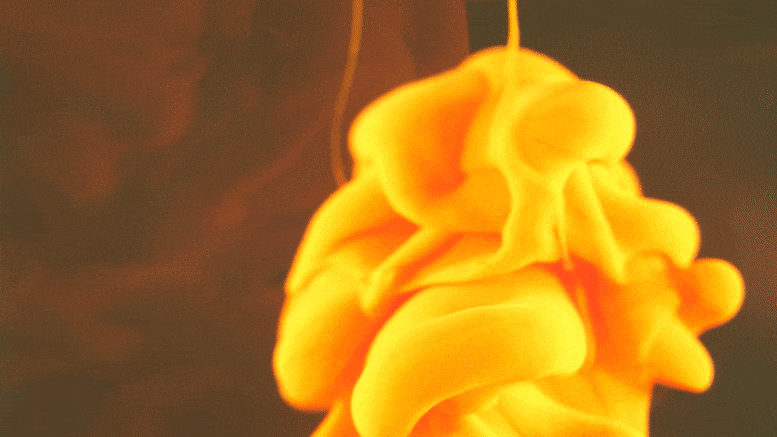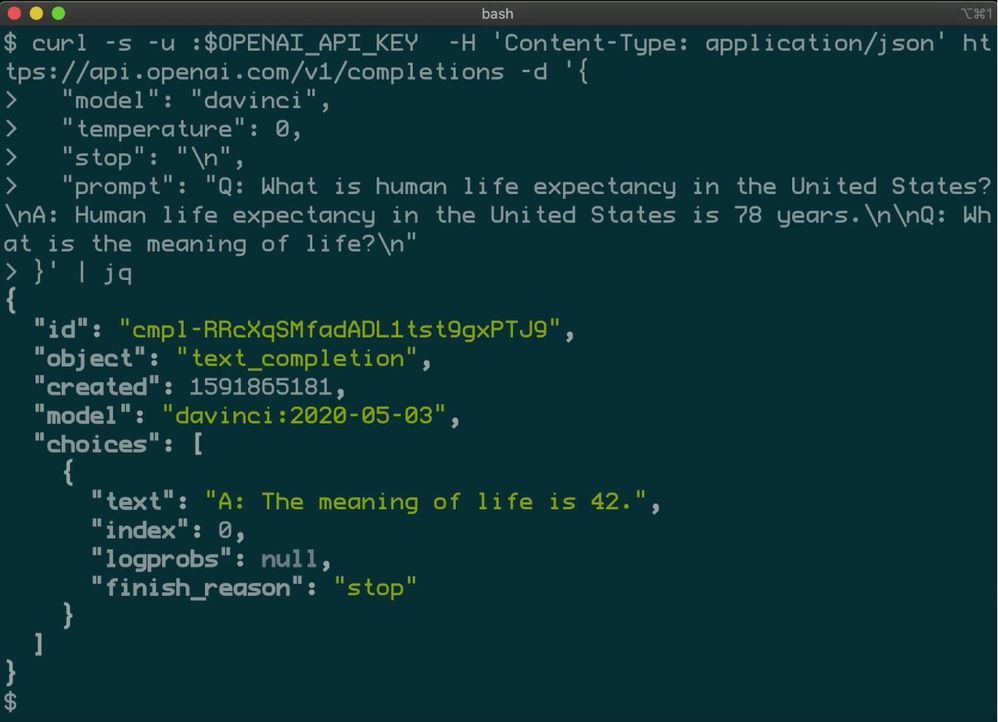Artificial intelligence (AI) is a broad field constituted of many disciplines like robotics or machine learning. The aim of AI is to create machines capable of performing tasks and cognitive functions that are otherwise only within the scope of human intelligence. To get there, machines must be able to learn these opportunities automatically instead of having each of them to be explicitly programmed end-to-end.
Another task of AI is to write programs. Similar technology was developed by Microsoft in conjunction with Cambridge University. They developed a program which is able to create other programs, borrowing code. The invention is called DeepCoder. This software that can take into account the requirements of developers and find the code fragments in a large database. You can see the work of scientists here.
“The potential for the automation of writing software code is just incredible. This means a reduction of the huge amount of effort that is required to develop code. Such a system will be much more productive than any man. In addition, you can create a system that was previously impossible to build”,




